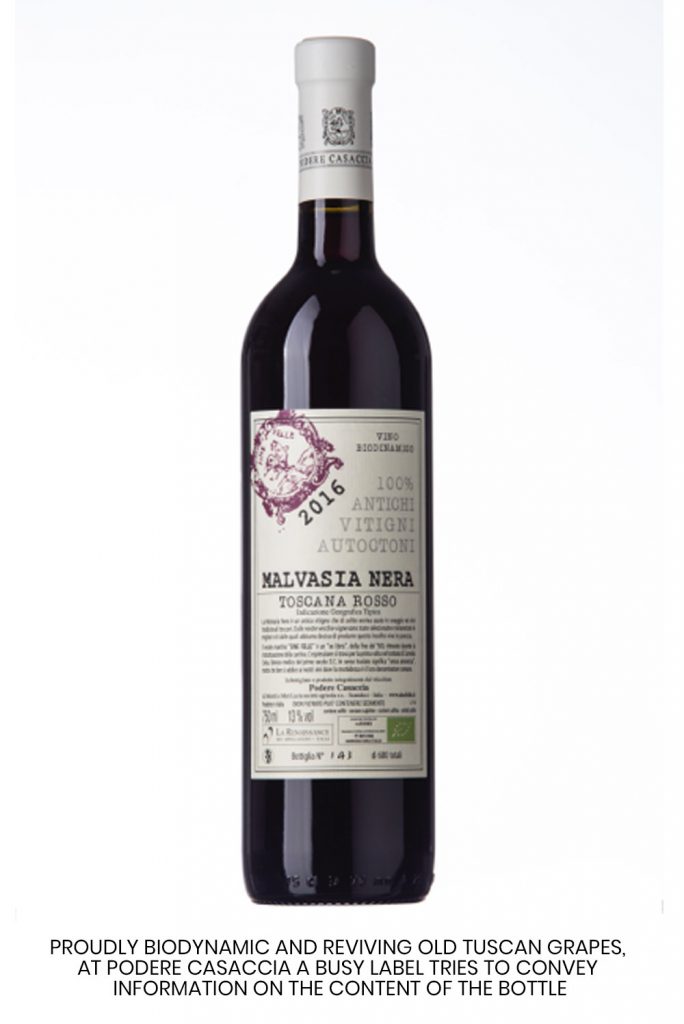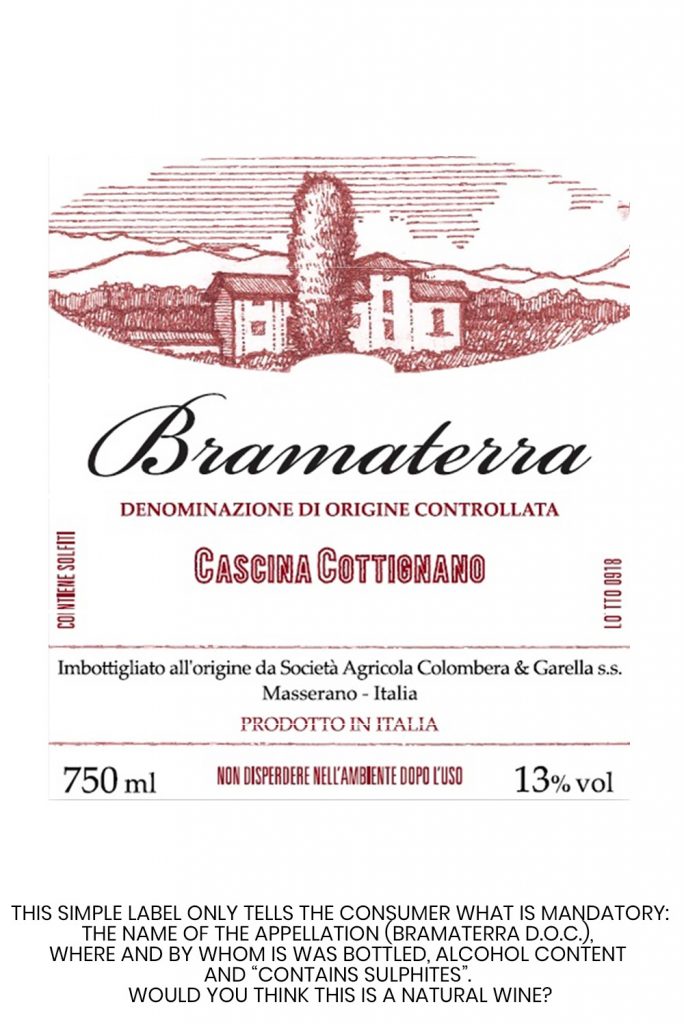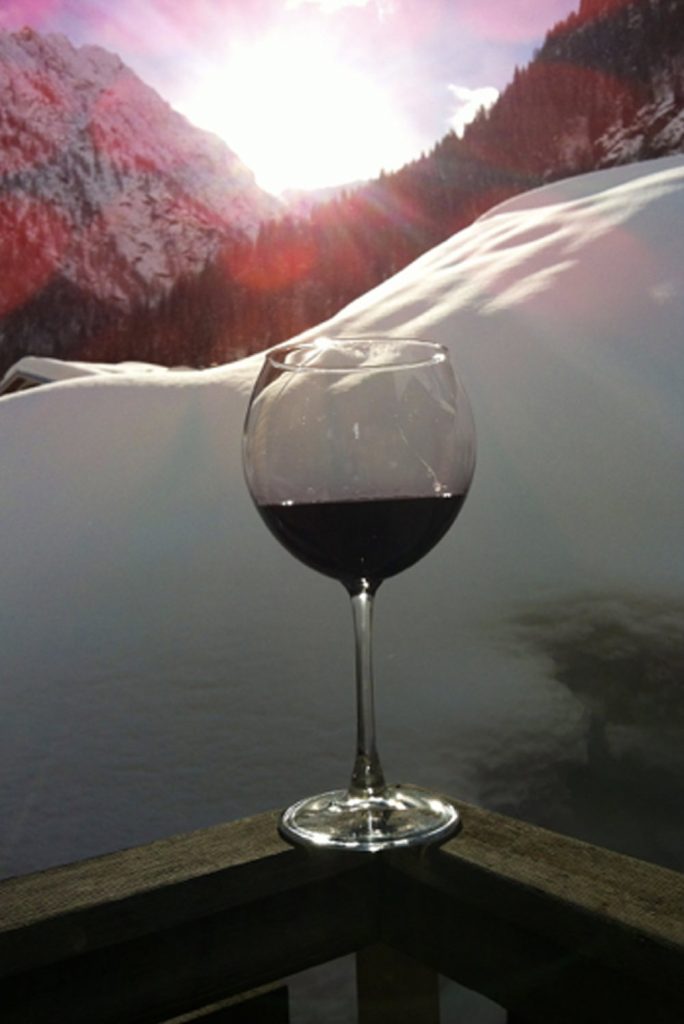
SO2 – Sulphites
It may appear that sulphites are the measure of all “chemical abuse” of wines. Far from it! Sulphites form spontaneously during the fermentation process and even before grapes are picked. Sulphites are an anti-oxidant and used in many other applications, for instance in dried fruits. It ensures that bacteria do not form, the food does not oxidise and look brown, etc. Just to give an idea, dried apricots may be treated with added sulphites up to 400 mg per kilo.
In wines, the use of sulphites is aimed at inhibiting certain microorganisms, which form on the fructose contained in grapes (in particular, lactic and vinegar bacteria), and foster anaerobic yeasts (mainly of the Saccharomyces cerevisiae group), which provoke fermentation to produce ethyl alcohol. The contamination by undesired bacteria may occur at different stages, not only during fermentation. Thus, the wine industry relies heavily on SO2 to deactivate such microorganisms.
So what is the issue? Many people are allergic to sulphites. Some could even die! And sulphites are a proven cause of asthma. Thus, every product, which has been treated with more than 10 mg of sulphites, must be labelled as “contains sulphites”. According to studies, an excess of sulphites brings about stomach ache, retching and diarrhoea, and in some cases an irritation of the mucosae, which in allergic subjects may cause asthma, cough and difficulties breathing. However, normally the effects of sulphites only manifest themselves with an intake of at least 1500 mg per kg of body weight… so drinking wine may not in itself trigger negative effects!
Labels – what they do not tell you
Wine is the only food product, where listing all ingredients on labels is NOT mandatory – in fact, nobody does! This allows producers to “fix” wine or “dress it up”, without being obliged to tell the consumer, as long as the legal requirements are met. Most wines for sale, especially the ones in large stores and retail chains, are “adjusted” so as to taste better than they would naturally, were they made of grapes alone.

Fortunately, there are farmers and oenologists who avoid these methods and rely on hard, selective work in the vineyards to obtain healthy and rich grapes that yield good wines.
At Vinland, we look first and foremost for these winemakers with the aim of introducing them and their wines to you!
The four official tiers of Italian wine classification:
DOCG (Denominazione di Origine Controllata e Garantita) is the highest classification for Italian wines. It denotes controlled (controllata) production methods and guaranteed (garantita) wine quality. There are strict rules governing the production of DOCG wines, most obviously the permitted grape varieties, yield limits, grape ripeness, winemaking procedures and barrel/bottle maturation. Every DOCG wine is subject to official tasting procedures. To prevent counterfeiting, the bottles have a numbered government seal across the neck.
DOC (Denominazione di Origine Controllata) is the main tier of Italian wine classification, and covers almost every traditional Italian wine style. There are around 330 individual DOC titles, each with a set of laws governing its viticultural zone, permitted grape varieties and wine style. Those which show consistently high quality earn promotion to DOCG status.
IGT (Indicazione Geografica Tipica) was introduced in 1992, to allow a certain level of freedom to Italy’s winemakers. Prior to 1992, many wines failed to qualify for DOC or DOCG status – not because they were of low quality, but because they were made from grape varieties (or blends) not sanctioned under DOC/G laws. The IGT classification focuses on the region of origin, rather than grape varieties or wine styles.
Vino da tavola means ‘table wine’ in Italian, and represents the most basic level of Italian wine. The Vino da Tavola category held a certain prestige in the 1970s and 1980s, thanks to experimental winemakers who produced top-quality (but unorthodox) wines under the title. This situation has gradually diminished, however, since the introduction of the IGT category with its more flexible production conditions, and Vino da Tavola has steadily returned to its original status as the lowest rung on Italy’s wine quality ladder.

